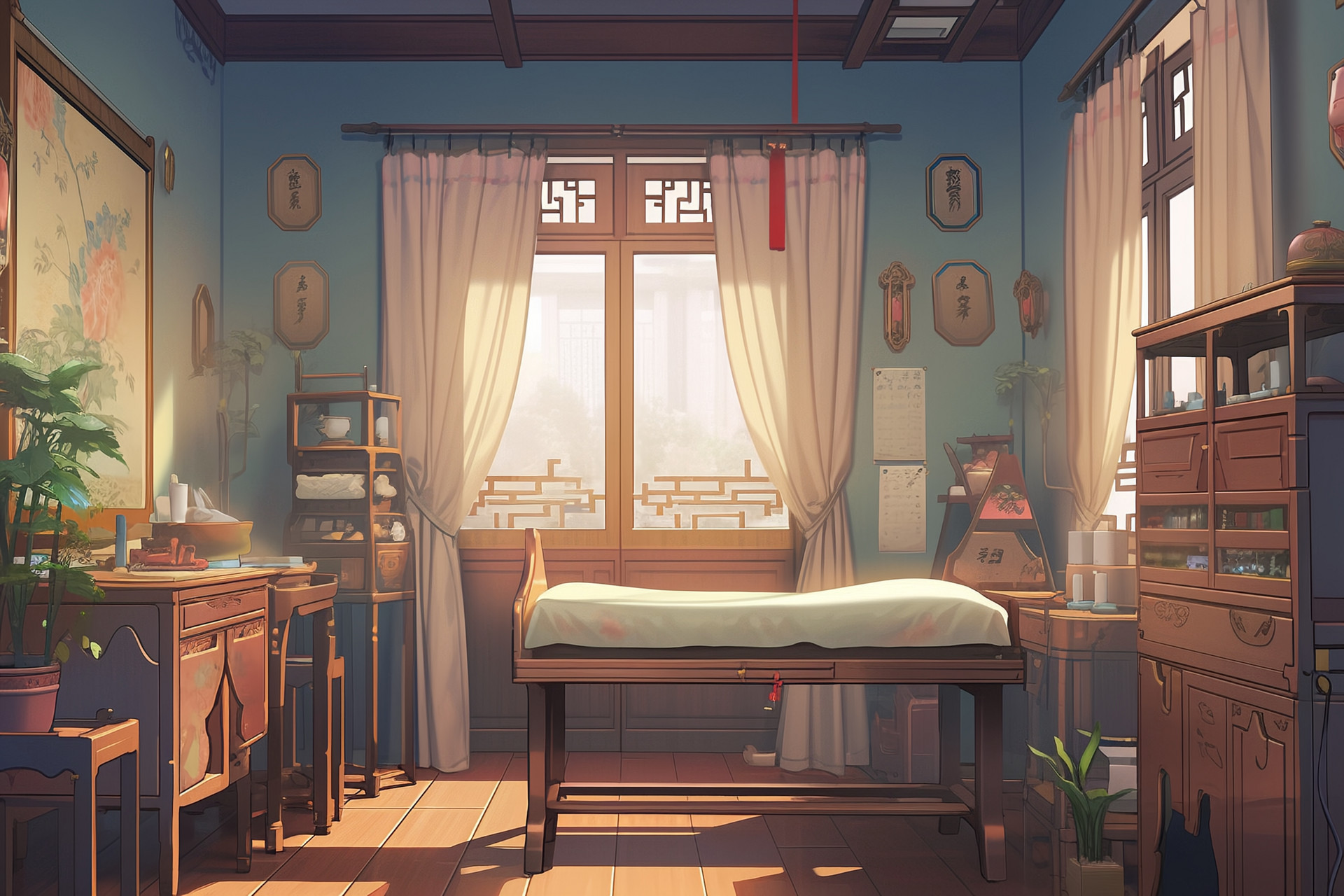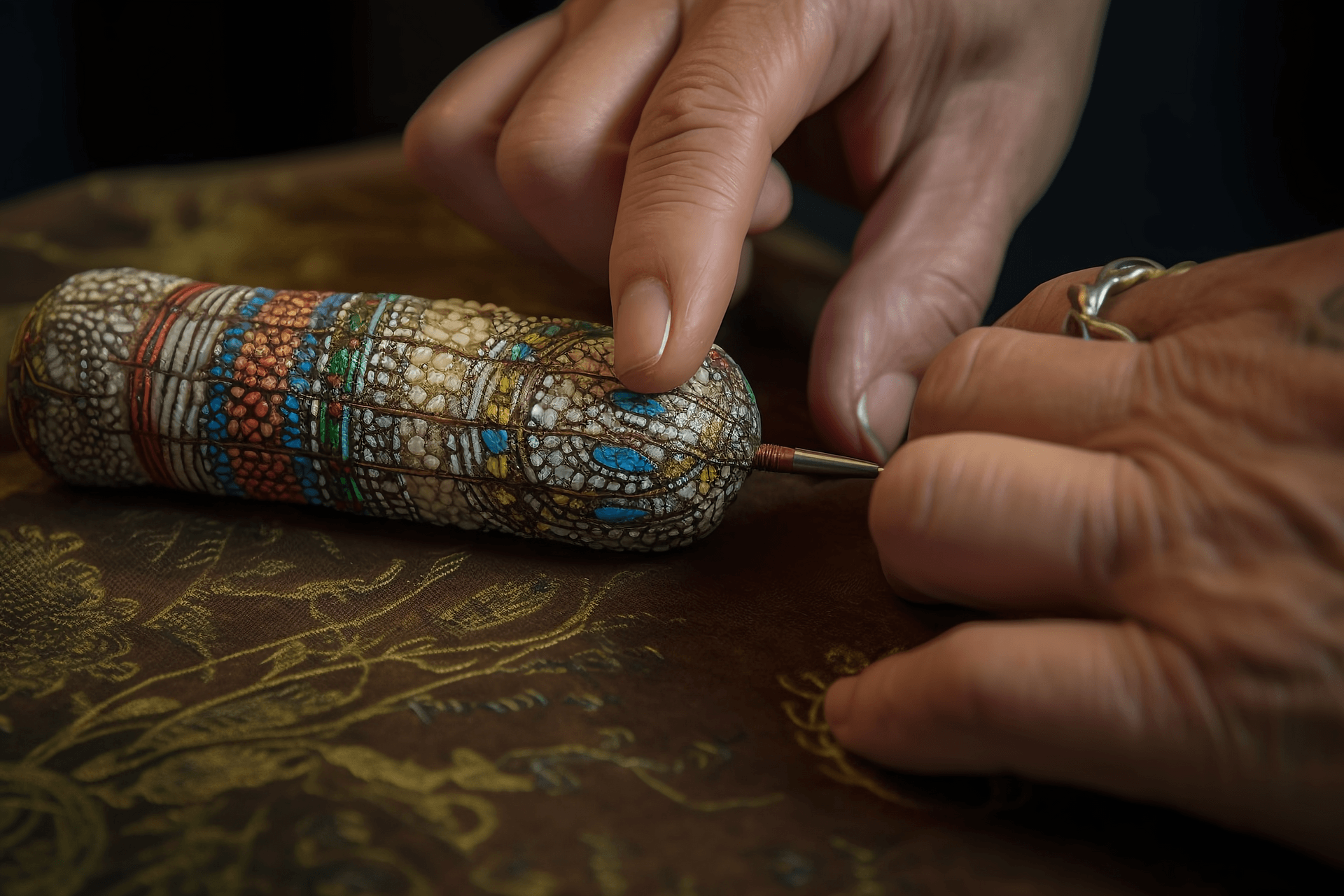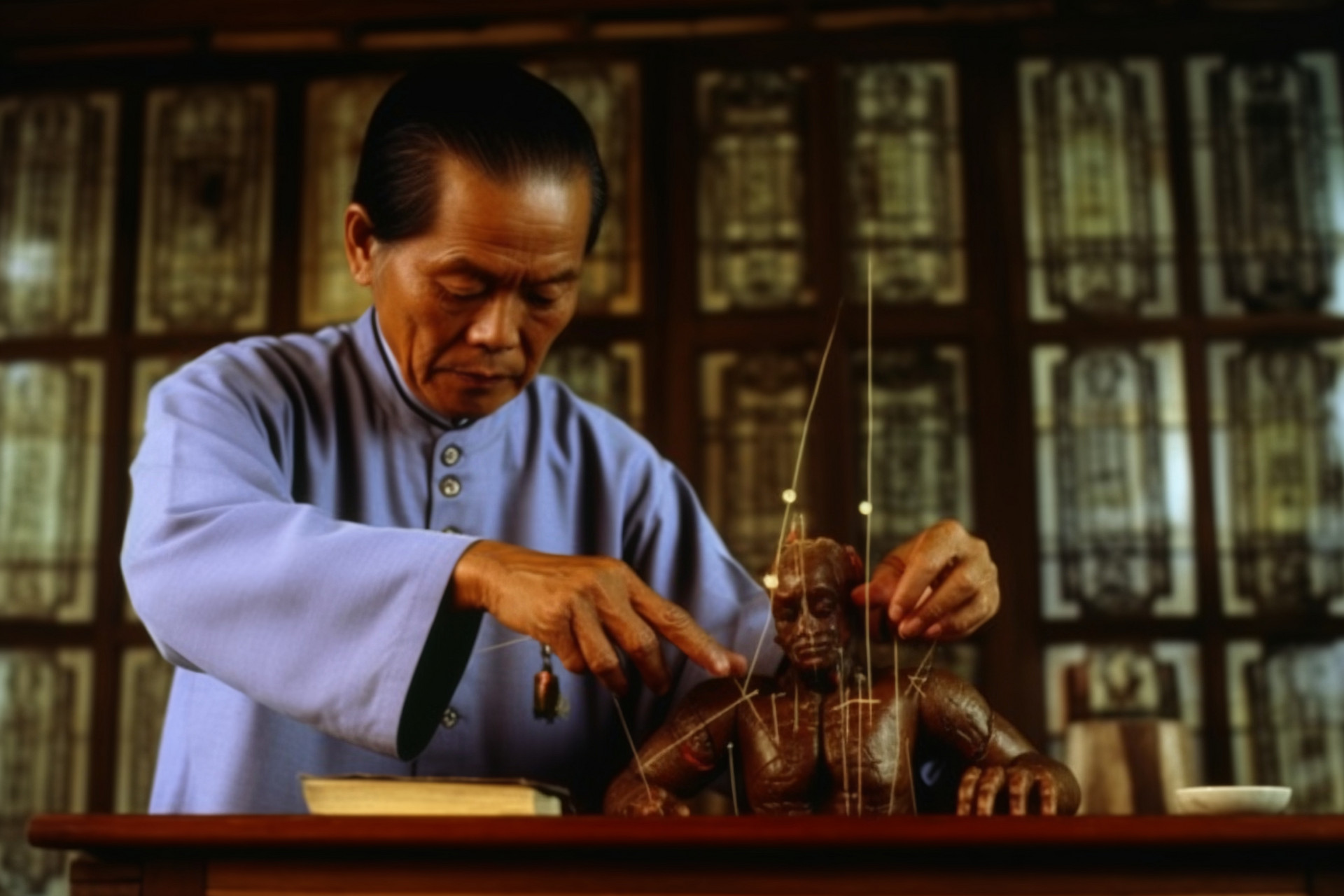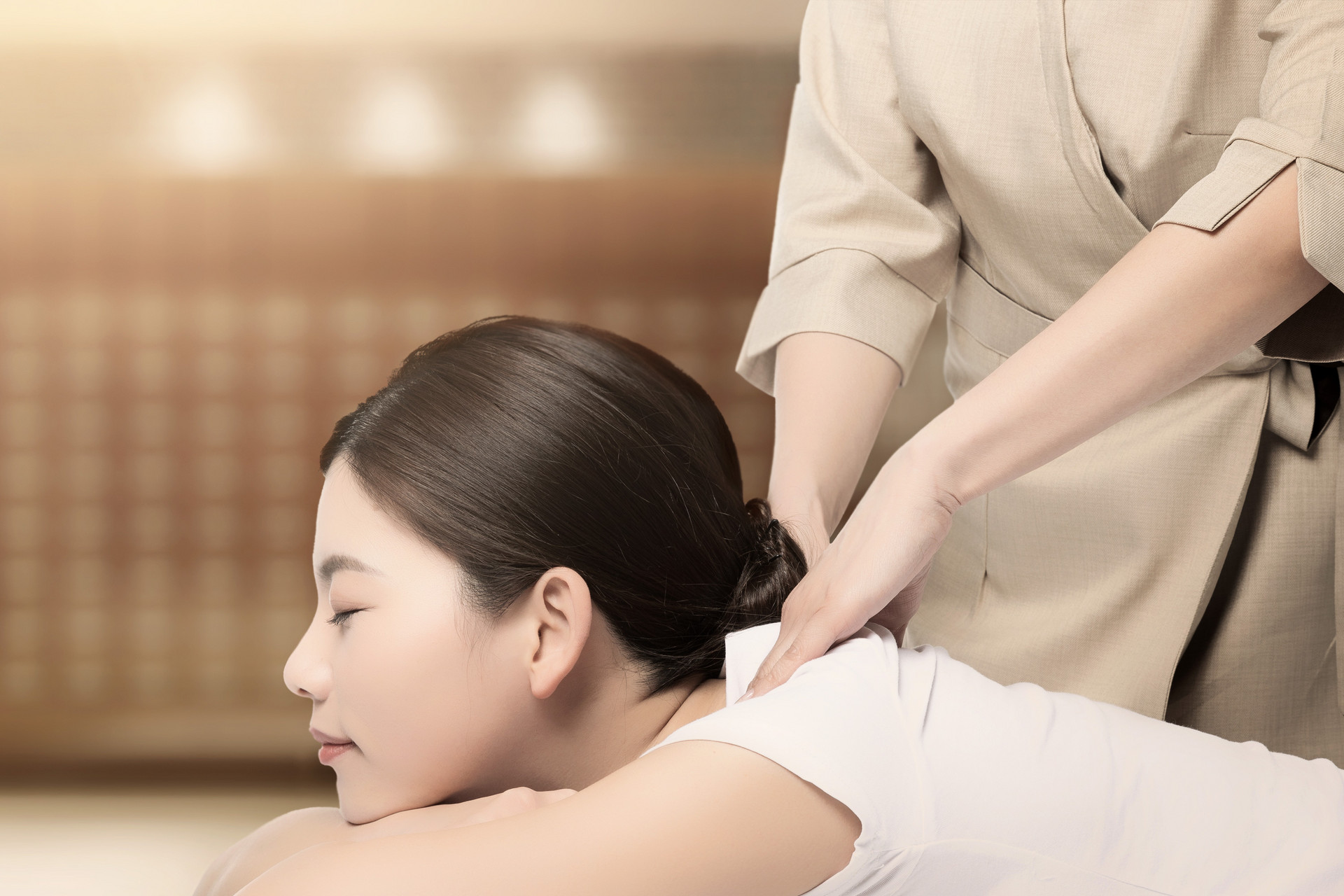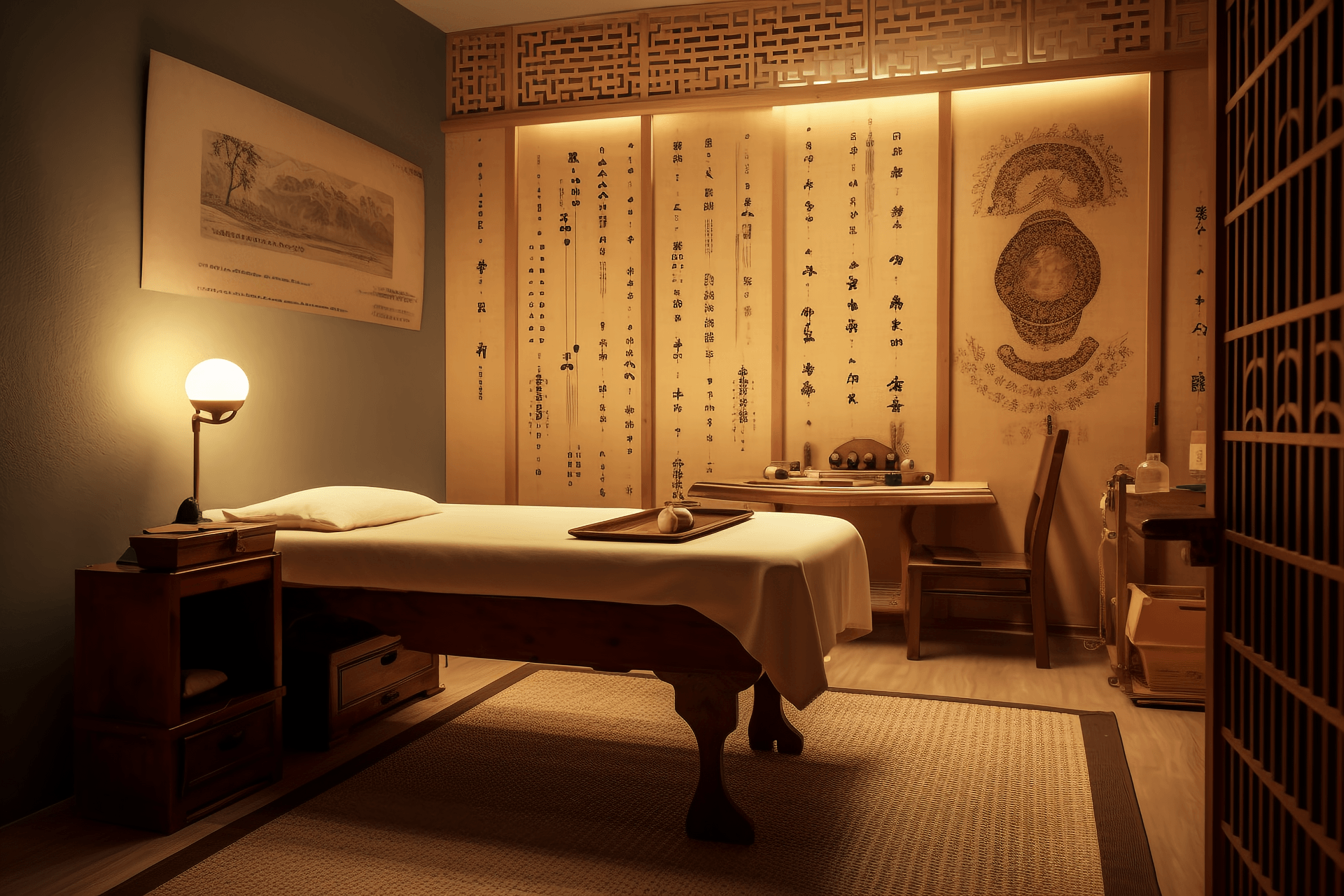Moxibustion therapy is a form of indirect moxibustion. It is named "da jiu" because it involves a wide area of the back and abdomen, often used for treating major conditions.
Da jiu therapy is not mentioned in general books and is a secret technique passed down by Dr. Gao Huai, a renowned physician. Dr. Gao, from Fengrun County, Hebei Province, was skilled in acupuncture. In 1950, my teacher, Professor Yue Meizhong, sought his guidance while practicing medicine in Tangshan. At the age of 83, Dr. Gao passed on his secret technique to my teacher due to his sincerity, allowing this method to spread widely and benefit the people.
[Operational Method]
1. Personnel
One physician and two assistants.
2. Tools
One bed, one triangular needle, two fine needles (2 inches long), 2-3 large dishes, 2-3 large tweezers, 1-2 small knives, one mortar, one strip of straw paper (60cm long, 3cm wide), and 2-3 wax sticks (for waxing).
3. Supplies
250g of moxa wool, 2000-2500g of salted radish (or pickled red radish if available), 500-750g of purple-skinned garlic, one candle, a small amount of alcohol, a small amount of de-fat cotton, and a box of matches.
4. Preparations before operation
Cut the salted radish into 1-inch by 0.5-inch square pieces (where "inch" refers to the patient's own finger width), crush the purple-skinned garlic into a paste, spread the radish pieces and press a concave shape in the middle, exposing the radish pieces and forming a circle with the garlic paste. Place the moxa wool on a flat surface, pinch it with the thumb, index, and middle fingers of the right hand to form a small moxa stick the size of the index finger, and place it in the concave of the radish piece with the garlic paste.
5. Clinical operation method
Begin by moxibustion on the patient's back, followed by moxibustion on the abdomen.
1. Back moxibustion
(1) Have the patient lie prone, and lay the strip of straw paper from the Dazhui acupoint to the Changqiang acupoint along the spine, excluding the spine.
(2) Place the prepared salted radish pieces on the Dazhu acupoints on both sides, and then arrange them in rows along the straw paper from Dazhu to Zhichuan acupoints. The number of pieces placed in between is not fixed, but until they fill the space.
(3) On the outer side of the first row, along the second row, starting between the Dazhu and Fengmen II acupoints (between the first two salted radish and garlic pieces of the first row), arrange them down to the upper part of the Zhibian acupoint (one less piece than the first row).
(4) Light the candle with a match and place it on a candle holder (or stick it elsewhere), and then start moxibustion.
(5) Use tweezers to hold the prepared moxa ball, light it with the candle flame, and place it in the concave of each salted radish and garlic piece, aligning them. The number of moxibustion treatments depends on the patient's tolerance. Generally, each moxibustion point is treated with 3-5 treatments.
2. Abdominal moxibustion
(1) Place one salted radish piece at the position of the Renzhong acupoint, and arrange 8 pieces around it, forming a square of 9 pieces.
(2) Place one piece of salted radish without garlic at the Jiuwei and Shénquè acupoints. The size of this piece is the same width as before but 3 minutes shorter in length (1 inch wide, 0.7 inches long). This point is not moxibusted, and 6 pieces of salted radish are placed between the two acupoints.
(3) Place 5 pieces from below the Shénquè acupoint to the Qugudian acupoint. For women, the Shímen acupoint is not moxibusted, and one piece of salted radish without garlic is placed (1 inch in length and width).
(4) On both sides of the abdomen, along the midline (starting from the Jiuqu acupoint to the Xiawan acupoint), place 7 pieces per row.
(5) Along the sides of the second row (level with the lower half of the abdomen and the Xiawan acupoint), place another row of 6 pieces on each side.
(6) After completing the above steps, moxibustion treatment can begin. The moxibustion method and number of treatments are the same as for the back moxibustion.
3. Acupuncture method After abdominal moxibustion, blood must be drawn from the Shixuan acupoint using a triangular needle. Then, the bilateral Sanyinjiao acupoints are needled to a depth of 1 inch using the purging method, without retaining the needles, to expel excessive heat.
[Indications]
For patients with long-term illness and weakness, chronic debility due to cold, chronic gastrointestinal weakness, weakened middle yang, inadequate kidney essence, and all conditions of weakness, coldness, and debility where patients are unable to get out of bed.
[Precautions]
1. During moxibustion, ensure that the moxa fire does not go out and keep adding moxa sticks to prevent interruption of the heat until the desired number of treatments is completed.
2. Due to the large number of moxibustion points, if not properly attended to, it is easy to cause burns or large moxibustion sores, increasing the patient's suffering. Preventive measures: if the patient feels a burning pain, lift the radish piece slightly or reduce the intensity of the moxa fire. Pay attention to observing the moxibustion sites. If the skin becomes slightly red, stop moxibustion.
3. After moxibustion on the back, take a short rest before moxibustion on the abdomen.
4. After moxibustion, blood must be drawn from the Shixuan acupoint, and the Sanyinjiao acupoints must be needled using the purging method, otherwise, side effects may occur and affect the effectiveness of the treatment.




